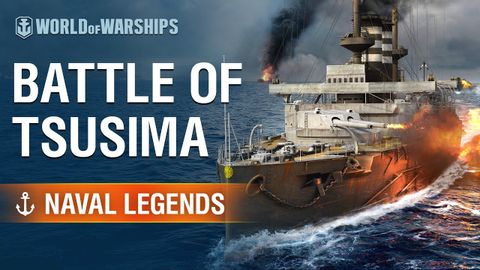海軍傳奇--對馬之戰 (Naval Legends - Battle of Tsushima)
 沒有此條件下的單字
沒有此條件下的單字- n.副職的;副的
- n. (c./u.)墮落,邪惡;不良習氣,惡習;(尤指與性或毒品有關的)罪行,道德敗壞行為;老虎鉗;檯鉗
US /ˈmænɪdʒ/
・
UK /ˈmænɪdʒ/
- v.t./i.設法應付過去;管理(員工);管理;設法做到
- n. (c./u.)戰鬥;戰役;奮爭
- v.t./i.作戰;爭鬥;競爭
US /prəˈtɛkt/
・
UK /prə'tekt/
- v.t.保護;守護;保存;保障;捍衛;保護(經濟)

